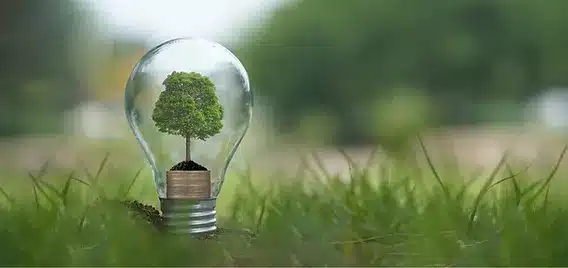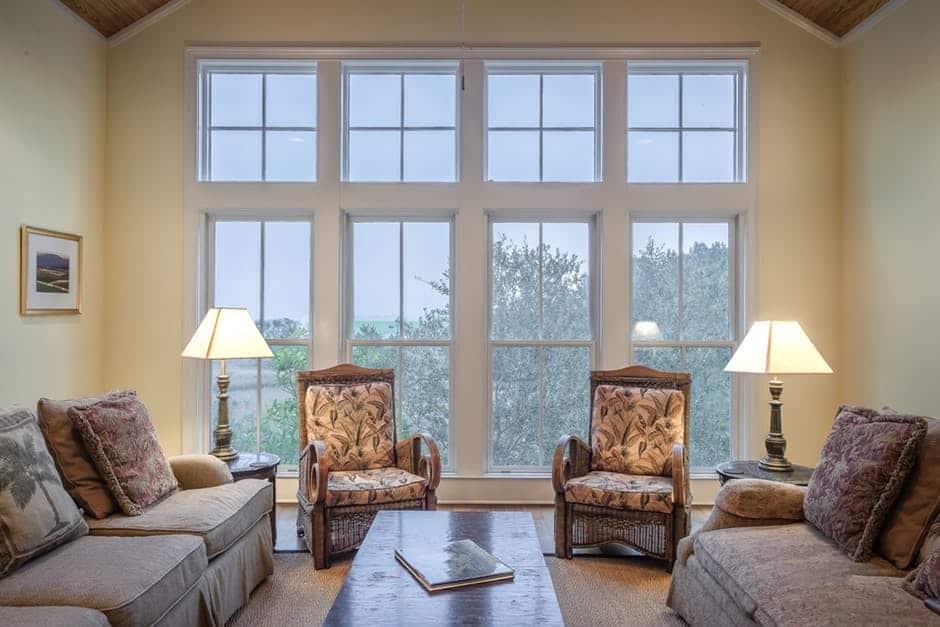What You Should Know Before Buying an Older Home
Older homes often charm buyers with their unique designs and rich history. However, they come with challenges, from outdated systems to potential structural concerns that require careful evaluation before purchasing.
Read on as we explore critical factors when buying an older home. From assessing structural integrity to understanding potential costs, this guide will help you prepare for the rewards and risks of owning a property with character.
KEY TAKEAWAYS
- Older homes often require inspections for structural issues and pest infestations.
- Pest control is crucial for identifying hidden damage caused by infestations.
- Proper renovations can balance historical charm with modern safety upgrades.
- Structural integrity and energy efficiency are key areas to evaluate.
- Renovation costs for older homes can quickly escalate without careful planning.
Potential Pest Control Services in Older Homes

Pest activity is one of the first things to consider when buying an older home. Aged properties often have cracks, crevices, and outdated materials that make them attractive to pests like termites, rodents, and carpenter ants. Hiring professionals for pest control services ensures you can identify and address any infestations before they become costly problems.
Pests can do more than cause inconvenience; they may compromise the structure of your home. Look for signs such as droppings, damaged wood, or unusual odors. Ignoring these issues can lead to expensive repairs down the line. A thorough pest inspection is essential to protect your investment and start your homeownership on solid footing.
Assessing the Structural Integrity of the Property
Older homes often have structural quirks that can signal deeper problems. Foundations may have shifted over time, leading to cracks, uneven floors, or doors that don’t close properly. Roofing and framing can also weaken with age, posing safety risks if not addressed.
A structural engineer or experienced contractor can provide a detailed inspection, identifying issues like water damage or sagging beams. Knowing the extent of repairs needed allows you to weigh the cost against the home’s value. It’s better to uncover these concerns before purchasing rather than face surprises after moving in.
Updating the Electrical and Plumbing Systems
Many older homes still use outdated electrical systems, such as knob-and-tube wiring or fuse boxes, which aren’t equipped to handle modern power demands. These systems can pose fire hazards and often don’t meet current safety codes. Similarly, plumbing in older homes may include lead pipes or galvanized steel, which can corrode and affect water quality.
In some cases, damage from pests, such as rodents chewing through wires, may exacerbate these issues. Involving professionals for electrical and plumbing inspections—and possibly pest control services—is critical to ensuring your home is safe and functional.
Upgrading these systems is an investment you can’t afford to overlook.
Research Energy Efficiency and Insulation Concerns

Energy efficiency is often lacking in older homes, leading to higher utility bills and inconsistent indoor temperatures. Many homes of this age have little to no insulation, and windows may let in drafts due to old materials and design.
Upgrading insulation in the attic, walls, and floors can significantly improve comfort and energy savings. Replacing old windows with energy-efficient ones or adding weatherstripping can also help. While these updates come at a cost, they pay off in reduced energy bills and a more comfortable living environment.
Considering Preservation and Renovation Balance
Older homes come with character, from intricate woodwork to vintage hardware. However, maintaining these details while making modern updates can be a balancing act. Restoration often requires specialized skills and materials, which can add to costs.
If the home is in a historic district, local regulations limit what you can change.
Before starting renovations, check guidelines and focus on preserving key features while making the home livable. This approach keeps the charm intact while ensuring the property meets modern standards.
Factoring in the Costs and Timelines of Renovations
Renovating an older home can be unpredictable. What starts as a simple update might reveal hidden issues like mold, outdated systems, or asbestos. These challenges can extend timelines and inflate budgets quickly.
Work with contractors experienced in older properties to anticipate potential complications. Set aside a contingency fund to handle unexpected costs. While renovations can be more demanding in older homes, the results—a unique living space—are worth the effort.
Embrace the Charm While Managing the Challenges
Older homes are full of character, but they require careful planning to navigate their quirks. Addressing concerns like structural integrity, energy efficiency, and pest control services early protects your investment.
With thoughtful renovations and proper maintenance, you can enjoy the unique charm of an older home while creating a safe, comfortable space for years to come.
This is a Sponsored Post







